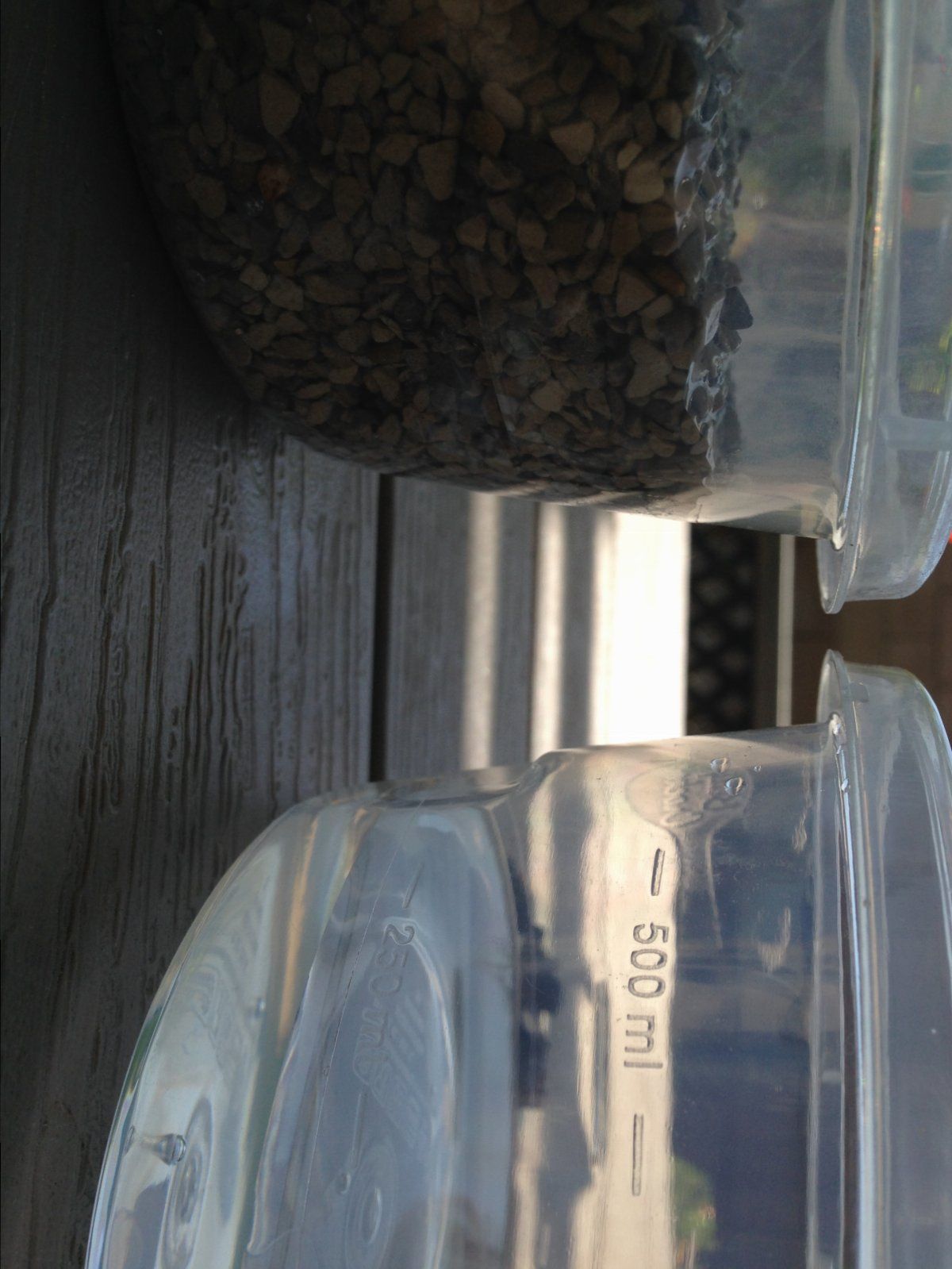Scrixx
Seedling
So I've tried to find the CEC and WHC of Diatomaceous Earth but had no luck. Does anyone know what the values are? Still new to bonsai and I wanted to learn about each soil component and why they are used. There are information about all the other components except DE.
I was going to do 100% DE as my substrate since I live in zona 10a in Southern California. It's dry and hot here. Though I read about some people having problems with 100% turface and am worried DE will have the same problem. That's why I want to know the CEC and WHC so I can compare them better. The best information I found was that DE holds "a lot" or 6x it's weight in water. Looking for the answer in volume.
I'm probably overthinking my soil mix but it would be good to know.
Here's one of the sources about CEC, WHC, pH of other components. I found similar values elsewhere online so it should be good for our purposes.
Here's the thread where I found the WHC in volume of some of the soil components.
Thank you.
I was going to do 100% DE as my substrate since I live in zona 10a in Southern California. It's dry and hot here. Though I read about some people having problems with 100% turface and am worried DE will have the same problem. That's why I want to know the CEC and WHC so I can compare them better. The best information I found was that DE holds "a lot" or 6x it's weight in water. Looking for the answer in volume.
I'm probably overthinking my soil mix but it would be good to know.
Here's one of the sources about CEC, WHC, pH of other components. I found similar values elsewhere online so it should be good for our purposes.
Here's the thread where I found the WHC in volume of some of the soil components.
Thank you.





